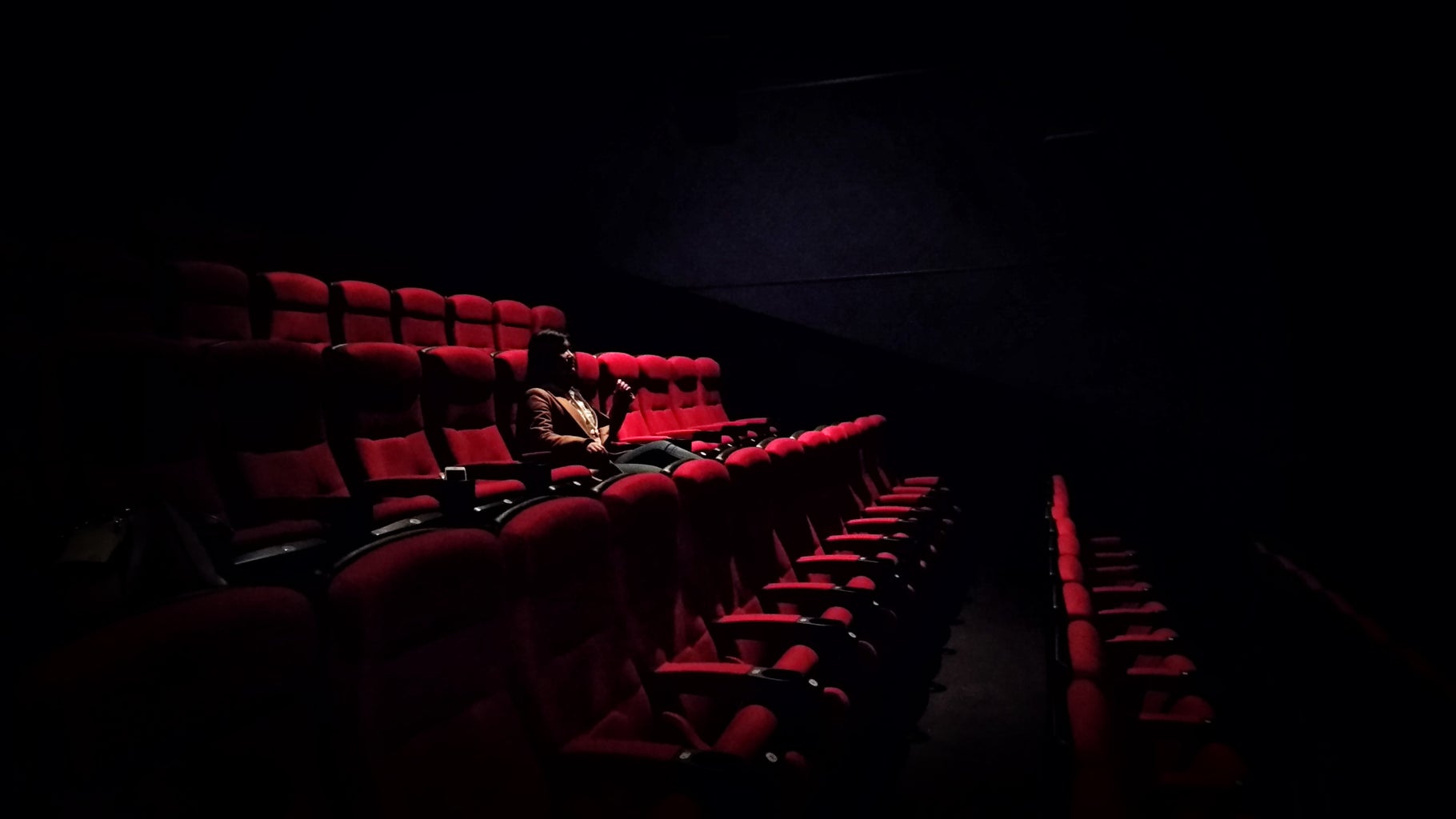Bill Skarsgård, known for his remake rendition of the infamous Pennywise in It and It Chapter Two, is set to revamp the role of Erik Draven in Ruper Sanders’ rendition of the 1994 gothic anti-hero classic The Crow.
Though Skarsgård’s acting skills have shone brightly through the various dark characters he has portrayed in his career, fans of the original Crow fear that his performance will fall from grace as the many previous attempts of Draven have. To follow up Brandon Lee’s performance alone is ambitious at best and for Sanders, placing Skarsgård in that role could prove treacherous for the project as a whole.
The original film, based on the comics by James O’Barr, shattered audiences’ perspective on the superhero genre. The gritty gut punch of Lee’s one-liners, the atmospheric darkness of 90’s Detroit, and most of all the earth-shattering real-life death of Lee culminated in the instant cult classic many praise as peek gothic cinema. With the release of the first sequel The Crow: City of Angels in 1996, audiences were left offended and parched. Variety Critic Joe Leydon even stated that the film was “stunningly awful.”
The following sequel The Crow: Salvation, released in 2000, seemed to dig the legacy further into the dirt. Audiences claimed it was dull and repetitive, adding nothing to the original nor the remake in this series. In the third and final installment of this series, The Crow: Wicked Prayer, the ball is once again dropped. This 2005 take got a riveting 0% on Rotten Tomatoes “Tomatometer.” Among the usual complaints of general boredom and amateur acting, many detested Edward Furlong’s performance as Draven. Critics claimed his performance lacks the unique presence of Lee’s Draven.
Apart from bad acting, dull plots and low budgets, why couldn’t audiences get behind these movies? Fans of the original, in particular Lee’s performance as Draven, feel disrespected by the continuation of the series. Many, including original director, Alex Proyas, believe that The Crow is Brandon’s legacy and should remain as is.
The harsh critiques of the plot lines, design and especially performances in the following movies seem to all drive from a place of idolization of the original. While Skarsgård’s look has been widely criticized as “too different” from the original, Sanders explains that is his goal. He states that they were “able to remain close to the centre and the darkness and the violence that’s in the graphic novel.” To fully understand this film, audiences must categorize this as a rendition of the original graphic novel instead of a remake of the 1994 movie. The sequels of the graphic novels themselves were widely known to get worse and worse with every new release, something that is reflected in the movie series.
To appreciate Skarsgård’s rendition of Draven, critics mustn’t compare his performance to that of Brandon Lee’s but compare his performance to that of the comic book Erik Draven. Sanders seems to have ditched the more gothic aesthetic of the original, further adding to this rendition being an isolated film instead of the average Hollywood regurgitation.
There’s no denying that public perception of this film has been harsh, to say the least. If audiences and critics don’t take this production as what it is meant to be, a reimagining of the original graphic novel, the incessant craving for a Lee-level remake will fail to meet expectations.



